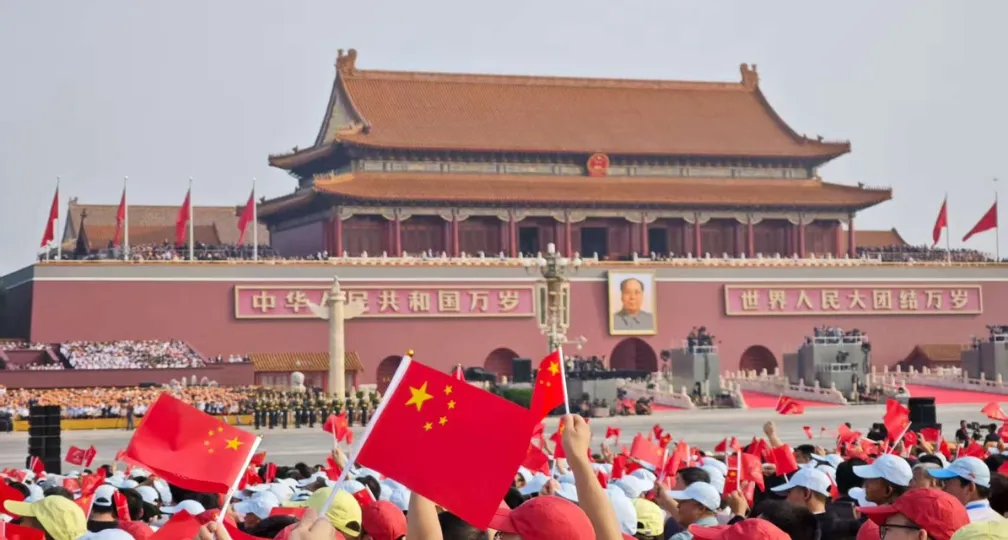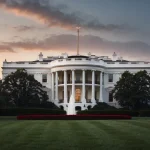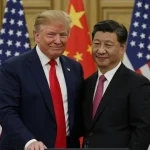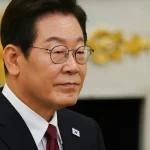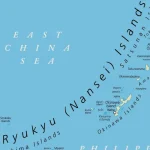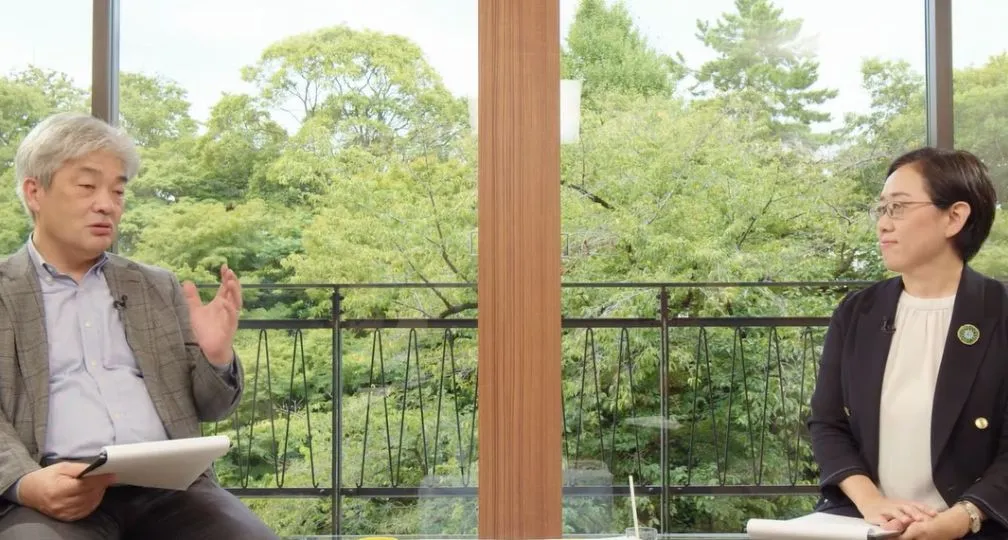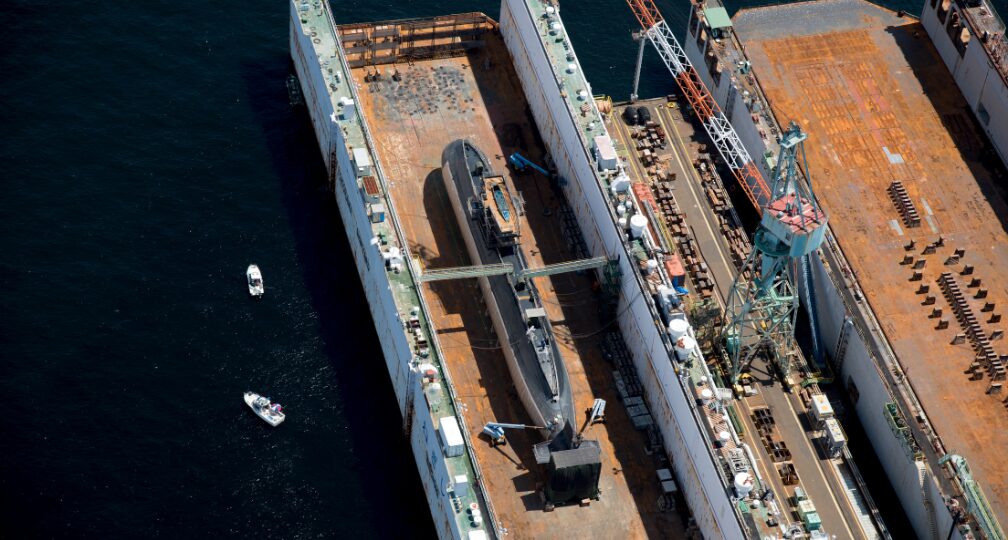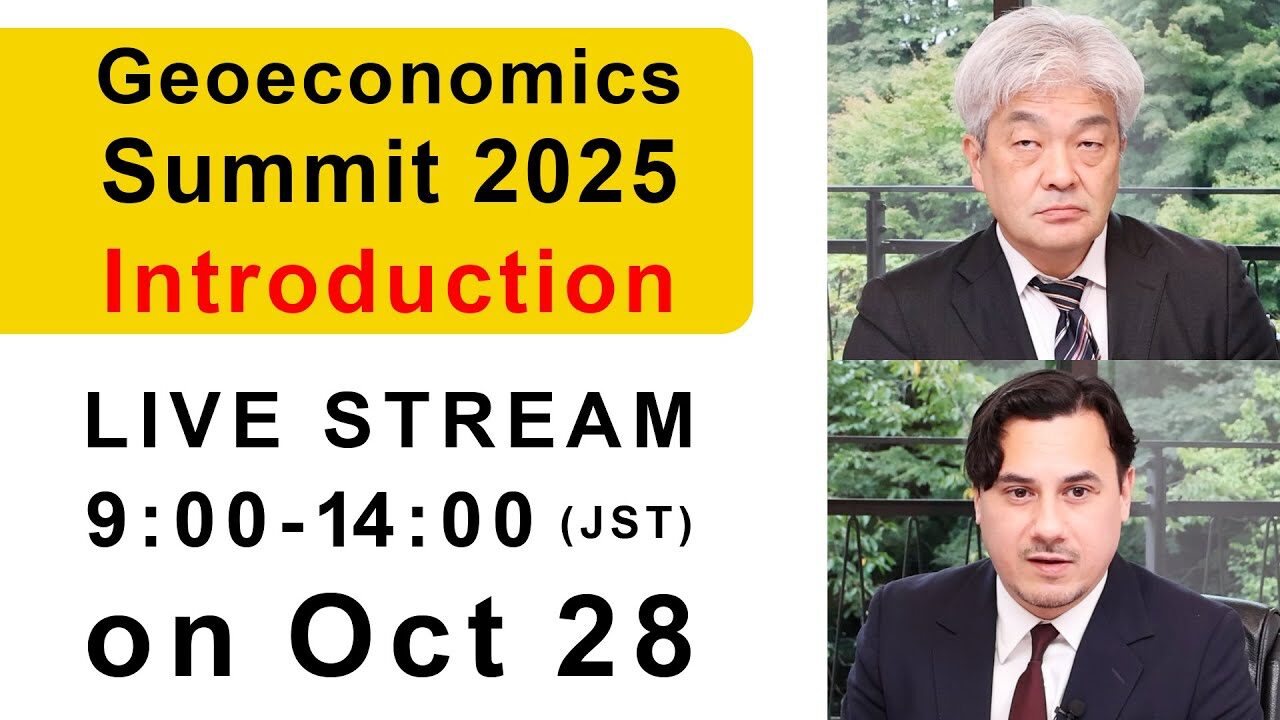Beyond a Zero-Sum Approach to U.S.-Japan Defense Burden Sharing

However, in contrast to the tensions in Europe and South Korea, the situation surrounding U.S. forces in Japan has remained relatively calm. In the “Interim National Defense Strategic Guidance” issued by U.S. Defense Secretary Pete Hegseth (a summary of which has been made public), the stated priorities are, in order: defending the U.S. homeland, deterring China, and empowering allies and partners to play a larger role. On that point, U.S. forces in Japan are at the very core of the second priority, deterrence against China, making any substantial drawdown a near contradiction in terms.
That said, there is no shortage of factors warranting vigilance. While strengthening its own deterrence posture toward China, in line with the third priority, Washington is also pressing Japan to make a greater contribution to its defense. How these two dynamics will interact—and how Japan should respond—are questions that demand careful consideration.
The “Calm” Surrounding U.S. Forces Japan
In May 2025, Secretary Hegseth ordered the drafting of a new National Defense Strategy (NDS) for the Trump administration, prompting the Pentagon to begin work on the document. The review of forward-deployed U.S. forces is being considered in close conjunction with the development of the NDS.
A clear trend has begun to emerge in this review. In its fiscal 2026 defense budget request—projecting an increase of more than $100 billion from the previous year—the Pentagon allocated the lion’s share of the growth to the Navy (including the Marine Corps) and the Air Force (including the Space Force). Notably, the funding emphasizes the development and acquisition of major assets such as nuclear forces, bombers, fighter jets, surface ships, submarines, and missiles. By contrast, the Army’s budget saw little substantial growth. While modernization of equipment such as drones and missiles is prioritized, an April directive from the Secretary called for divesting legacy systems such as ground vehicles and attack helicopters, as well as consolidating and streamlining commands. Taken together, the Trump administration appears intent on rationalizing ground forces while strengthening naval, air, missile, and drone capabilities with a view to countering China in the Indo-Pacific. In addition, it seeks to bolster nuclear forces and missile defense to ensure robust homeland defense and enhance strategic deterrence.
Applied to a forward-deployment posture, this direction aligns with a possible drawdown of Army units stationed in Europe and South Korea. But since the Army represents only a small portion of U.S. forces hosted in Japan, which is centered on the Navy, Air Force, and Marine Corps, the review of force composition and expansion plans is unlikely to result in a reduction in Japan-based forces. In fact, it is possible there could be a slight increase. In reference to the long-planned relocation of some 9,000 Marine personnel from Okinawa to Guam—agreed at the 2006 and 2012 U.S.-Japan “2+2” foreign and defense ministerial meetings—Marine Corps Commandant Gen. Eric Smith has voiced concern that the move could weaken deterrence and response capabilities against China.
The Inertia of the Status Quo
U.S. forces stationed in Japan are structured not to conduct operations independently within Japan, but to operate under the direct command of the Commander of the Indo-Pacific Command (INDOPACOM)—or a delegated subordinate—in the event of a contingency, such as a crisis on the Korean Peninsula or in the Taiwan Strait. Depending on the situation, it is often more effective to reorganize units flexibly, integrating reinforcements from Hawaii, Guam, or the U.S. mainland together with Japan’s Self-Defense Forces.
For this reason, individual U.S. service forces stationed in Japan have long remained directly linked to Hawaii’s command, without integration across services. Under the Biden administration, however, a policy shift was made to partially transform the U.S. Forces Japan (USFJ) (which formerly played an administrative role)into a joint force command—a direction the Trump administration has endorsed.
This decision was aimed at improving the readiness of U.S. forces in Japan and strengthening coordination with the Japan Self-Defense Forces. However, as the Indo-Pacific Command is fundamentally a Navy- and Marine Corps-led force, its headquarters in Hawaii seems less enthusiastic about creating an additional intermediate layer of command in Japan. As a result, the convergence of this Navy-Marine Corps perspective with the Trump administration’s broader drive to streamline major commands and senior leadership makes it likely that any reorganization of the chain of command will remain modest in scope.
The force posture of U.S. forces in Japan is also shaped by the interests of each service branch, creating a strong inertia toward maintaining the current structure. This inertia, in turn, has a stabilizing effect on the alliance.
The Mismatch Between Strengthening Deterrence against China and Demanding Allies’ Burden Sharing
As a result, the main point of contention in future U.S.-Japan discussions is likely to focus less on revising USFJ’s force posture and more on how to press Japan for greater burden sharing. However, for the reasons outlined below, this debate will not necessarily proceed smoothly.
First, it is a difficult negotiating tactic to demand burden sharing from Japan while simultaneously seeking to strengthen the U.S. military posture for deterring China on America’s own initiative. In Europe and South Korea—neither of which is a current top priority in U.S. defense strategy—it can be effective to use the threat of drawdown or withdrawal of U.S. forces as leverage to induce its allies’ greater efforts. But that tactic holds little weight with Japan, where Washington has no intention of pulling troops. One possible approach would be to hint at wavering on defense commitments in response to an armed attack against Japan—rather than in response to a Taiwan contingency—in order to instill a fear of abandonment in Tokyo. Yet for that to be persuasive, Washington would have to drop the banner of “deterring China,” which at present it has no plans to do. The interim NDS guidance states that it “will act urgently to strengthen U.S. homeland defenses and deter Chinese aggression in the Indo-Pacific, while empowering U.S. allies and partners to lead efforts against other threats with critical but more limited U.S. support.” In this context, U.S. military action to deter China requires operational bases, and Japan is the only ally capable of providing them effectively. Taiwan contingencies cannot be prevented solely with bombers and standoff missiles operated from the continental United States.
Second, in the Taiwan contingency that Washington prioritizes, the U.S. has yet to clarify its own policy on military intervention—leaving no firm starting point for burden-sharing talks. Even assuming U.S. intervention, the shape of operations would vary depending on whether it was limited to air and naval support for Taiwan’s defense, extended to the deployment of ground forces, or even contemplated nuclear use. Naturally, the roles expected of allies would also differ depending on the situation.
Of course, it is possible for Tokyo and Washington to conduct discussions behind closed doors based on joint operational planning, and given the pace of China’s military buildup, it is evident that both countries should possess more defense resources. But this is not a negotiation that can be advanced as a zero-sum “deal.” It requires a positive-sum mindset—sharing a vision of the integrated capabilities needed and contributing as many resources as possible to achieve it.
Why is the U.S. administration failing to recognize the mismatch between the positive-sum objective of deterring China, shared by its allies, and the zero-sum tactic for burden-sharing talks? As a result, its leadership has argued for nothing but numerical targets for its allies’ defense spending, ultimately lacking broad empathy among the public in its allies.
Toward “Positive-Sum” Cooperation
This is not to say that Japan can remain idle. Situated on the front line and surrounded by the military threats of China, North Korea, and Russia, Japan must accelerate its own defense efforts regardless of whether the United States presses it to do so.
That said, even in today’s era of wars defined by attrition, Japan’s defense resources are not unlimited. Further increases in defense spending—already accompanied by rising public burdens—are in a tough trade-off with the natural growth of social security costs. Moreover, without a corresponding increase in the troop size, larger budgets cannot deliver a quantitative expansion of forces. Structural constraints such as a declining birthrate, a deteriorating recruitment environment, and labor shortages in the defense industry exacerbate the problem. Addressing these issues will require both strong political resolve and broad public support.
The problem is that the zero-sum bargaining approach championed by the U.S. Under Secretary of Defense for Policy Elbridge Colby is not necessarily conducive to building such public support in Japan. If the Japanese and U.S. defense establishments expend their energy on burden-sharing negotiations, they risk losing the time needed for constructive discussions on force enhancement and joint operational planning. The strategic objectives of Tokyo and Washington are, in principle, aligned. If so, achieving them demands a positive-sum approach.
A shift in thinking can be aided by sharing contingency scenarios. By clarifying operational concepts through such scenario-based planning—particularly to prevent China from creating faits accomplis at the outset of a crisis—Japan will need to envision playing a larger role in initial responses. Based on this, it must push forward with a review of the Self-Defense Forces’ force structure, which was largely left unaddressed in the three national security documents issued in 2022, including reinforcement of naval and air power, missiles, drones, and the intelligence, surveillance, and reconnaissance (ISR) capabilities that support them.
Although media reports suggest that the U.S.-Japan “2+2” meeting has been postponed, Japan should actually make proactive proposals rather than being averse to taking political risks. One idea would be for Tokyo to propose revising the Guidelines for U.S.-Japan Defense Cooperation, which outlines the division of roles between the two countries but has not been updated since 2015. In response to a fast-changing security environment, this document needs to be reviewed. In particular, with an eye toward responding to threats in the Indo-Pacific, including the Taiwan situation, the two sides should review their respective roles to be more mutually complementary.
Finally, the Japanese and U.S. governments must consider this review in tandem with a review of the command-and-control arrangements for U.S. forces in Japan, ensuring that the two processes are aligned. It is time for both countries to move beyond piecemeal, politically driven initiatives.
(Photo Credit: Chip Somodevilla / Getty Images )

Geoeconomic Briefing
Geoeconomic Briefing is a series featuring researchers at the IOG focused on Japan’s challenges in that field. It also provides analyses of the state of the world and trade risks, as well as technological and industrial structures (Editor-in-chief: Dr. Kazuto Suzuki, Director, Institute of Geoeconomics (IOG); Professor, The University of Tokyo).
Disclaimer: The opinions expressed in Geoeconomic Briefing do not necessarily reflect those of the International House of Japan, Asia Pacific Initiative (API), the Institute of Geoeconomics (IOG) or any other organizations to which the author belongs.
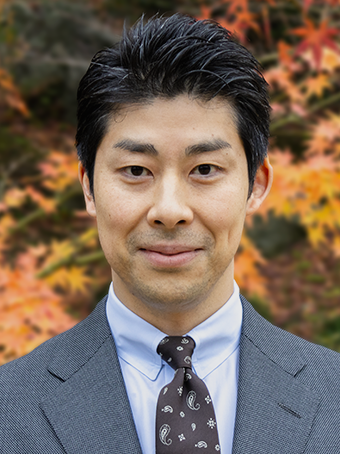

Senior Research Fellow
Hirohito Ogi is a senior research fellow at the Institute of Geoeconomics (IOG) studying military strategy and Japan’s defense policy. Before joining the IOG, Mr. Ogi had been a career government official at the Ministry of Defense (MOD) and Ministry of Foreign Affairs (MOFA) for 16 years. From 2021 to 2022, he served as the Principal Deputy Director for the Strategic Intelligence Analysis Office, the Defense Intelligence Division at the MOD, where he led the MOD’s defense intelligence. From 2019 to 2021, he served as a Deputy Director of the Defense Planning and Programming Division at the MOD. He holds a Master’s degree in international affairs from the School of International and Public Affairs (SIPA), Columbia University, and a Bachelor’s degree in arts and sciences from the University of Tokyo. He is the author of various publications including Comparative Study of Defense Industries: Autonomy, Priority, and Sustainability (co-authored, Institute of Geoeconomics, 2023).
View Profile-
 Is China Guardian of the ‘Postwar International Order’?2025.12.17
Is China Guardian of the ‘Postwar International Order’?2025.12.17 -
 Japan-India Defense in a Fragmenting Indo-Pacific2025.12.10
Japan-India Defense in a Fragmenting Indo-Pacific2025.12.10 -
 The “Economic Security is National Security” Strategy2025.12.09
The “Economic Security is National Security” Strategy2025.12.09 -
 India - Japan: The Glimpse of a Shared Vision2025.12.05
India - Japan: The Glimpse of a Shared Vision2025.12.05 -
 Beijing’s ‘Globalist’ Agenda Under Trump 2.02025.12.01
Beijing’s ‘Globalist’ Agenda Under Trump 2.02025.12.01
 Event Report: The Trump Tariffs and Their Impact on the Japanese Economy2025.11.25
Event Report: The Trump Tariffs and Their Impact on the Japanese Economy2025.11.25 The “Economic Security is National Security” Strategy2025.12.09
The “Economic Security is National Security” Strategy2025.12.09 The Real Significance of Trump’s Asia Trip2025.11.14
The Real Significance of Trump’s Asia Trip2025.11.14 The long road to a South Korea-U.S. trade deal2025.11.26
The long road to a South Korea-U.S. trade deal2025.11.26 The Tyranny of Geography: Okinawa in the era of great power competition2024.02.09
The Tyranny of Geography: Okinawa in the era of great power competition2024.02.09


